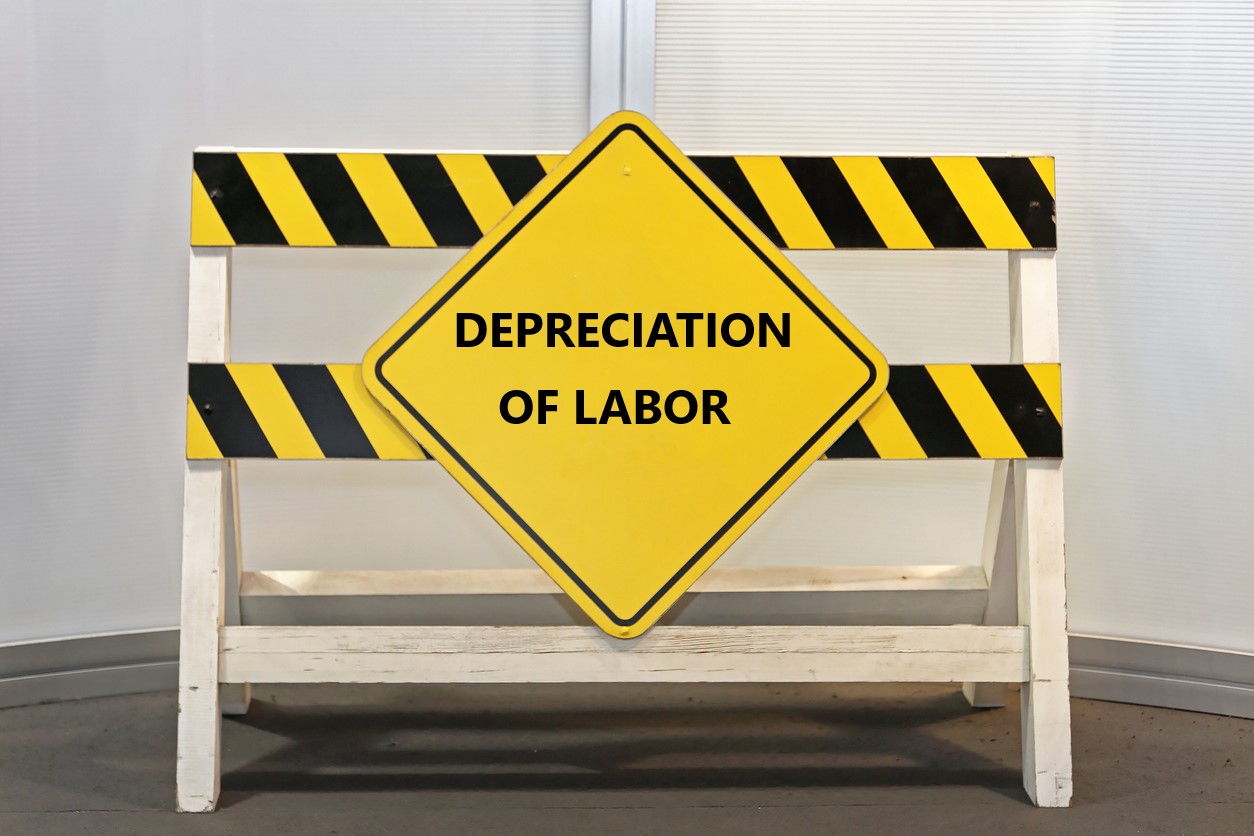If you build a house on a public beach, you might expect the state to remove it for you, but what happens if a hurricane builds a public beach on your house? Last Friday, the Texas Supreme Court answered that question in Severance v. Patterson, No. 09-0387, 2010 WL 4371438 (Tex. Nov. 5, 2010). The actual question certified to the Texas Supreme Court by the Fifth Circuit Court of Appeals was, “does Texas recognize a ‘rolling’ public beachfront access easement?”
Texas statutes define “public beaches” as:
any beach area, whether publicly or privately owned, extending inland from the line of mean low tide to the line of vegetation bordering on the Gulf of Mexico to which the public has acquired the right of use or easement to or over the area by prescription, dedication, presumption, or has retained a right by virtue of continuous right in the public since time immemorial, as recognized in law and custom. This definition does not include a beach that is not accessible by a public road or public ferry as provided in Section 61.021 of this code.
In simple terms, the public beach covers the area from the water line at low tide up to the vegetation line on land. Speaking very generically, the public has a right to use these beaches from the water line to the vegetation line.
In Carol Severance’s case, she owned several beachfront properties on Galveston Island that were landward of the vegetation line. It was known that the vegetation line formed the boundaries between her properties and the public beach. In 2005, Hurricane Rita eroded the beach in front of Ms. Severance’s properties and pushed the vegetation line inland, so that her houses were now on the seaward side of the vegetation line. Because the houses were now on the area defined as public beach, the state sought to have them removed pursuant to the Texas Open Beaches Act. Ms. Severance sued the state in federal court. When the case made it up to the Fifth Circuit Court of Appeals, that Court asked the Texas Supreme Court if the public beach could “roll” up onto private property in such a way that gave the state property rights superior to Ms. Severance’s private property rights.
The Texas Supreme Court gave a very lengthy and in-depth explanation into the history of property rights on beachfront properties in Texas. I will leave out the details, but advise anyone with an interest in Texas property law to give it a read. In its conclusion, the Court stated that the rights of public beaches are dynamic as the shores and beaches change due to natural forces, but that the existing public beach rights cannot roll over private property rights that have already been established.
Below is a map of the affected property that shows how the vegetation line has moved inland beyond the existing homes. I have also attached a screenshot of the map as of November 5, 2010, in case Mother Nature decides to move the beach somewhere else in the future.
http://maps.google.com/maps?f=q&source=s_q&hl=en&geocode=&q=Galveston+Island,+21500+Kennedy,+Galveston,+TX&sll=29.140448,-95.041394&sspn=0.005304,0.009645&ie=UTF8&t=h&ll=29.140523,-95.040525&spn=0.004498,0.006866&z=17&output=embed
View Larger Map



